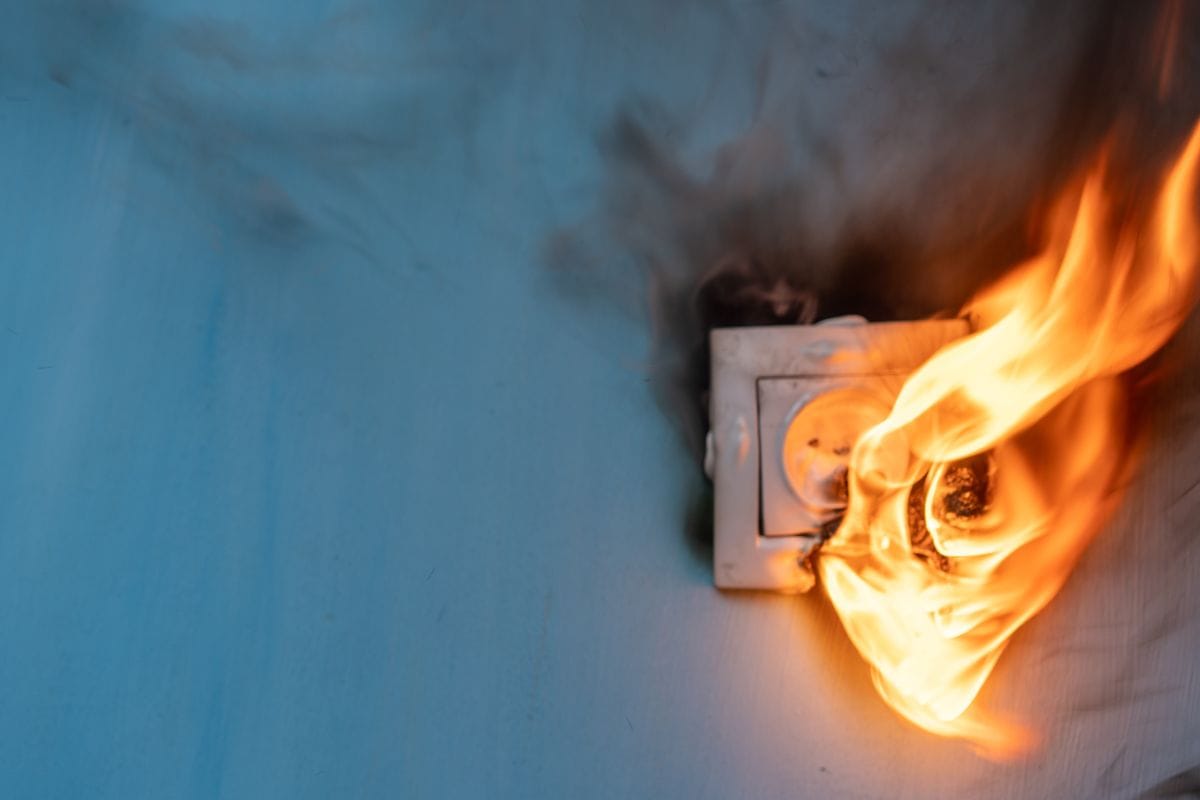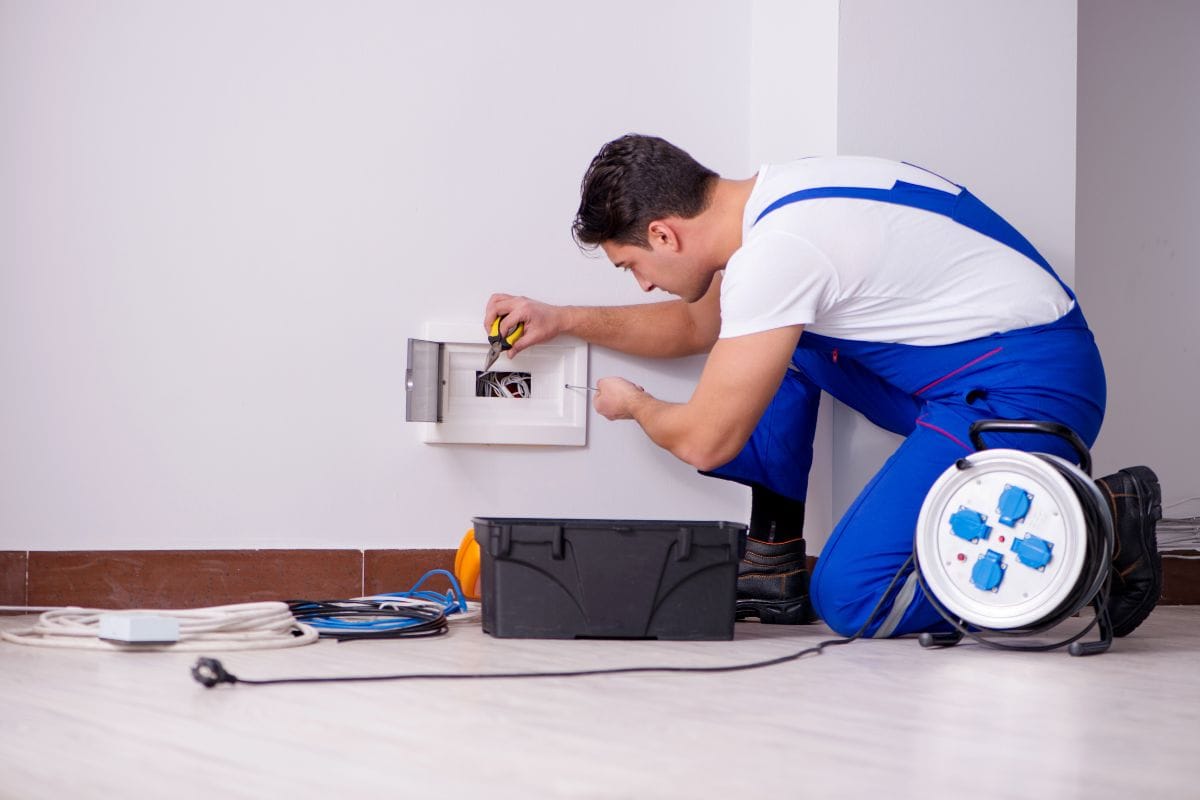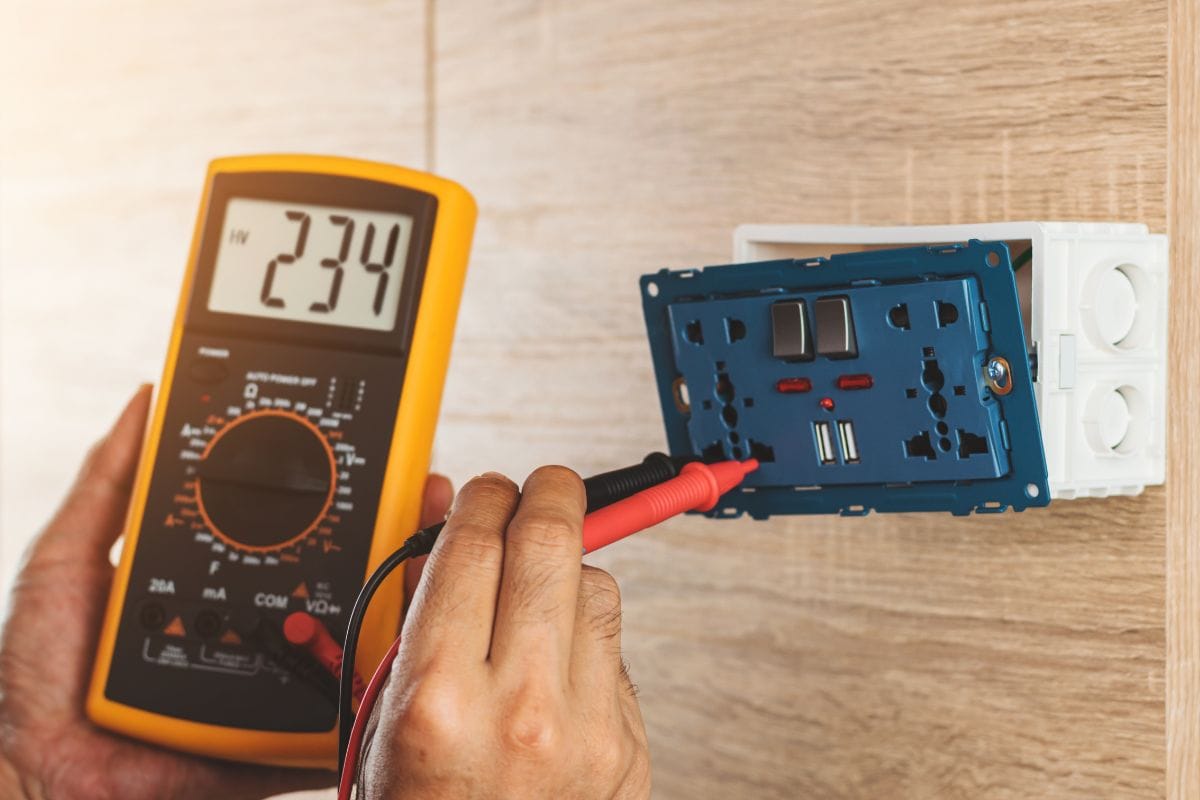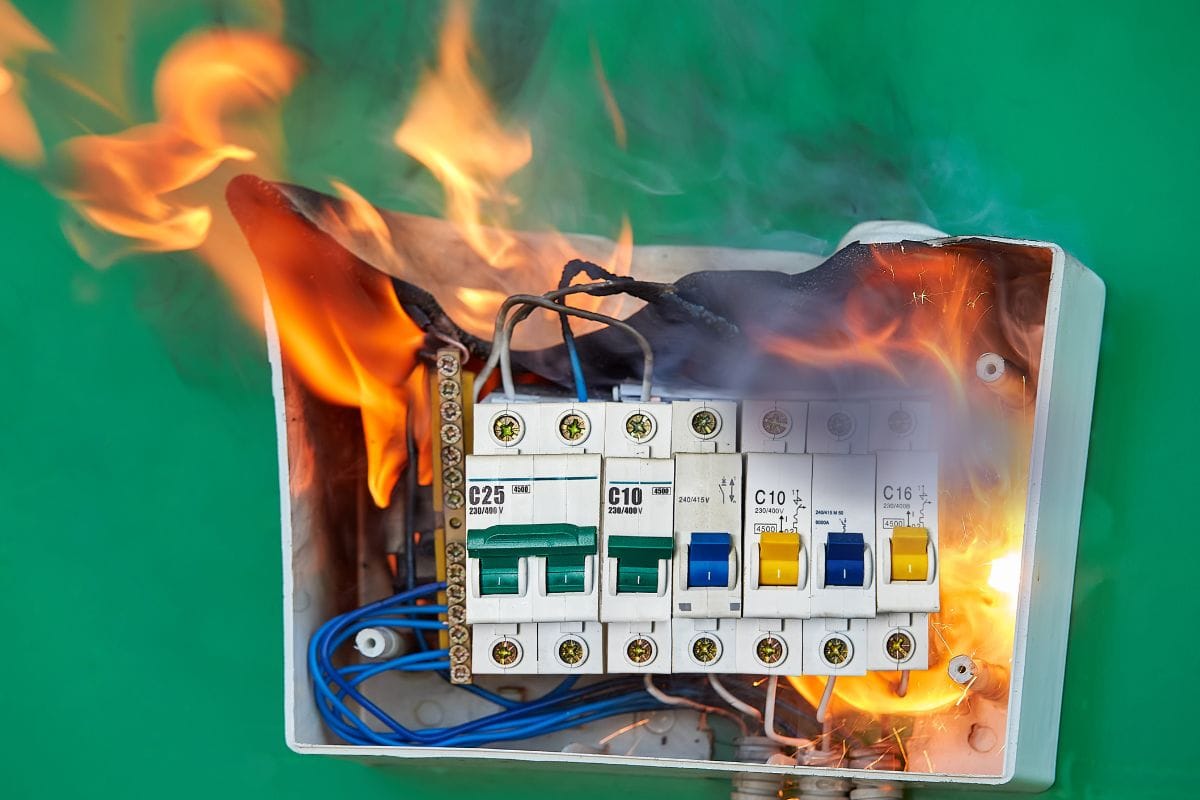Essential Home Electrical Safety Guidelines to Follow
Don't risk a shock! Learn home electrical safety essentials: system overview, common dangers, appliance hacks, fire prevention & when to call an electrician.

Electrical safety essentials involve understanding potential hazards related to electricity and adopting practices to minimize risks. Ensuring electrical safety in your home is crucial to prevent electrical shocks, fires, and even life-threatening accidents. This comprehensive guide provides an overview of your home's electrical system, common hazards, appliance safety practices, fire prevention strategies, and when to involve a professional electrician.
Understanding Home Electrical Systems
The typical domestic electrical system incorporates a cast of critical elements: the incoming electrical service (the point where power enters your home from the grid), an electrical panel populated by circuit breakers, or fuses, and a network of circuits distributing electrical power through the home. Having a rudimentary understanding of this system can facilitate smarter usage and maintenance of electrical resources in your home. The circuit breakers and fuses are instrumental in securing the system against overload by disrupting the electrical flow when current exceeds safety levels—an essential bulwark against potential hazards.

Electrical terms like voltage (the pressure from an electrical circuit’s power source that pushes charged electrons through a conducting loop), current (the flow of electrons), wattage (a measure of electrical power), and grounding (connecting an electrical system to the earth through ground wires) enhance one’s grasp of electrical safety essentials.
Identifying Common Home Electrical Hazards
Electrical hazards refer to danger zones or situations where the risk of injury or damage due to electricity is high and imminent. The most prevalent domestic electrical hazards involve outdated or deteriorated wiring, overloaded circuits, misuse or overuse of extension cords, and improper grounding. Such hazards represent serious threats to home safety, stimulating conditions ripe for dangerous electrical mishaps.

Underscoring these hazards requires awareness of potential danger signs such as flickering or dimming lights, burning or unusual odors stemming from outlets or appliances, warm outlets or switches, and even the frequent tripping of circuit breakers.
Safety Guidelines for Electrical Appliances
Maintaining appliance safety is crucial to ensuring a sound domestic electrical environment. This starts with using appliances as per the manufacturer’s instructions. Regular inspection for any wear, aging, or physical damage can prevent unforeseen accidents. It is vital to ensure that cords are not frayed or cracked, plugs are not loose, and that no sparks appear when plugging or unplugging.
Remember, always plug and unplug appliances with dry hands and only when the appliance switch is in the off position. It's also prudent to avoid overloading power points with too many appliances. Regular cleaning and servicing, adhering to the care and maintenance instructions in the user manual, can upsurge an appliance's lifespan while sustaining safe operation.
Preventing Electrical Fires at Home
Electrical fires can be triggered by several instances such as short circuits (where high power flow skips its intended path), faulty or dated wiring, overheated appliances, and overloaded circuits. These fires represent a significant threat to domestic safety. Often, devastating loss of property and lives can ensue.

Homeowners can take preventative steps such as not overloading electrical outlets, using appliances within the recommended specifications, and vigilantly turning off unused appliances. Overloading circuits can incite overheating and subsequent fires, so recognizing prevalent warning signs of circuit overload is paramount.
Regular inspections of a home's electrical system by a trained professional can intercept potential hazards before they escalate into catastrophic events. It's a proactive, preventative measure that contributes significantly to maintaining a safe home environment.
When and How to Hire a Professional Electrician
Certain electrical tasks go beyond the ambit of DIY prudence and demand the expertise of a licensed electrician. Complex undertakings like modifying electrical systems, performing extensive re-wiring, or rectifying frequent electrical system failures fit this category.
Selecting a professional electrician necessitates evaluating their credentials for legitimacy, including licensing and insurance. Requesting and contacting previous clients can help build confidence in their ability and reliability. Being mindful of the cost involved in employing a professional is advisable. Gaining clarity on what services to expect, the required time and a detailed cost breakdown eliminates ambiguity and fortifies your relationship with the professional service provider.
Conclusion
In summary, mastering the basics of your home electrical system, identifying and managing potential hazards, safeguarding the use of electrical appliances, preventing electrical fires, and understanding when and how to engage a professional electrician, all constitute the fundamentals of electrical safety in residential environments.
Implementing the guidelines discussed above can yield immense dividends in terms of ensuring a safer, more secure home environment.




Comments ()